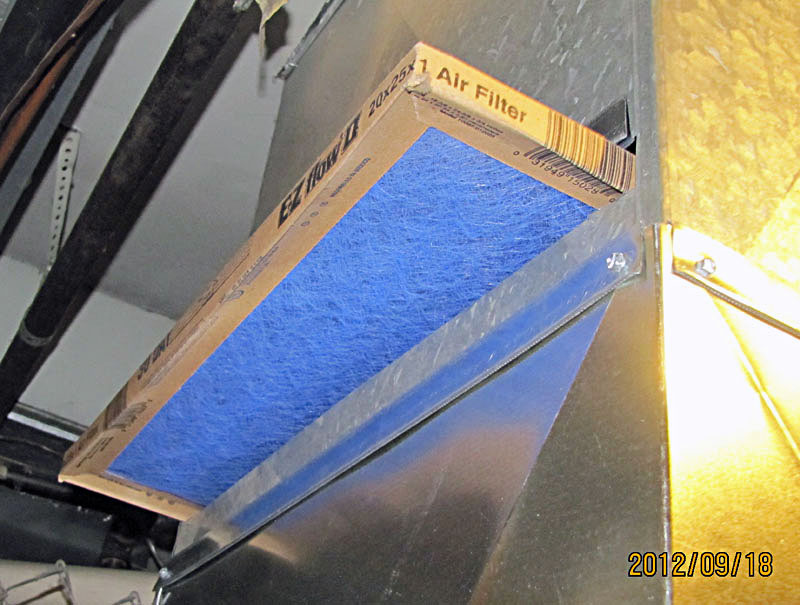One Awesome Inch
Well-known member
- Joined
- Nov 14, 2013
- Messages
- 1,170
- Reaction score
- 0

eDJ_ said:What could I offer as a solution ? Perhaps a tube in the bottom that goes through the hole in the floor of the Van would have a smaller tube inside that would extend up into the box a couple inches or so. Thus the heavier
LP draining out would siphon fresh air into the box to assure positive circulation. Then if a 2 inch tube were
to be used it may be of large enough diameter by itself to allow the LP to drain while fresh air is pulled back in.
Almost There said:Keep in mind that air flow is quite restricted the minute you add any kind of bug screening...
but I can tell you from sleeping inside a bug net in the hammock that it is fairly substantial.
To overcome that, I'd suggest a much larger pair of vent tubes than the minimum.

One Awesome Inch said:Id feel alot more comfortable sealing up the propane hose hole. Its supposed to be a "sealed" box.
I agree.
Also, are you guys *sure* I only need the outtake hole and not the intake?
What would happen if you make a hole in the bottom of a sealed bucket of water? Same thing will happen with propane. The heavier than air propane will flow out and air will flow in - same hole. If you want a faster flow rate, make the hole bigger or add a second hole.
-- Spiff
One Awesome Inch said:. . . I'm not concerned about bugs. They'll be entering a sealed box with no food.
Enter your email address to join: